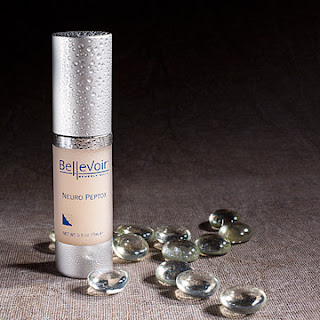 |
| www.DennisDavisPhotography.com |
The Santa Monica 3rd Street Promenade was the setting for
television commercial we were shooting for Nescafe Dolce Gusto Coffee makers
featuring TV personality Mario Lopez. That August morning dawned clear and
bright, and I was eager to spend an exciting day with some very talented
people. My assistant Jerry parked the BMW in the underground parking lot, and
we walked across the street to where the commercial was being filmed. The blue
tents and trucks full of grip and lighting gear made it clear where I needed to
go, and I walked up to where we were shooting and greeted the friends I had
made the day before shooting in Newport Beach.
The commercial that I was shooting production stills photography for is at http://www.ispot.tv/ad/72ak/nescafe-dolce-gusto-featuring-mario-lopez
Mario Lopez was schedule to serve various flavors of Nescafe
coffee to fans who signed a model release form so we could use their image in
the commercial. A custom made trailer had been created for the commercial,
covered with Nescafe Dolce Gusto logos and filled with coffee and coffee
makers. A huge silk perhaps 40 feet across was stretched overhead on four metal
legs. This softened and defused the sunlight, which provided much of the light
that was to create the video. Two or three large HMI lights were placed under
the silk, but were not on when I arrived.
 |
| www.DennisDavisPhotography.com |
As I began photographing the set and the crew, a protest
rally against GMO and Monsanto with about 50 people began chanting and caring
signs around the set. I guess they wanted to be caught on film. This chaos was
in addition to the live music from the stage a block away, other music coming
from stores, and thousands of shoppers and diners. Later in the producers tent
I was impressed when listening to the audio track on the video footage that
none of the protesters or music were noticeable. The microphones they were
using were highly directional, rejecting everything but the conversation about
coffee.
About an hour before Mr. Lopez was scheduled to arrive, our
crew put up a sign inviting fans to meet Mario Lopez and share a cup of coffee
with him. A line formed quickly, and soon about 40 people had signed model
releases and were waiting to join Mario on the set.
 |
| www.DavisPhotographic.com |
I was shooting with a Canon 5 D Mark II with the classic
24-105 f4 zoom on it. I was outside the ropes shooting into the set on tripod
during the first hour of the commercial production, however the fans started
getting crazy, and the pushing and shoving soon made me move from that spot. I
found a high perch out of the line of site of the video cameras, and shot from
there.
Mario Lopez was friendly, personable and fun throughout the
day. He would often take a moment between video takes to sign an autograph for
a fan. He posed for pictures with fans repeatedly throughout the day. One of my
favorite pictures I took of Mario Lopez that day was when he did a high five
with an eight year old boy. It shows the love he has for people, and how they
love him back. I think that Nescafe made an excellent choice as a spokesperson
in Mario Lopez. He is professional, hard working, kind, and very handsome! I am
honored to have spent two days photographing him for Nescafe, and I love having
his images in my portfolio.
 |
| www.DennisDavisPhotography.com |
The crew members, directors, producers, wardrobe, hair and
makeup all worked to make Mr. Lopez and his fans look great drinking a cup of
coffee. I really enjoyed how quickly I was accepted as an equal and a part of
the team, and how everyone seemed to want to help me get the pictures I needed
for Nescafe’s advertising campaigns.
The producer who had hired me told me about her internet
search to find the right photographer for this project. She looked on the video
and movie production support website LA 411 for photographers listed under
heading “Production Stills”, because she wanted someone familiar with video
production lighting and sets. Then she went through the portfolios of more than
40 photographers, looking for someone with skills in food photography and still
life. She said her Google search was “Los Angeles Advertising, Food, Lifestyle
Photography” Three of my websites came up with her search, so she ran into my
work again and again. Now with three shoots for Nescafe complete, I have lots
more work to put on the Lifestyle, food and beverage advertising pages.
Mario Lopez makes an excellent spokesperson for Nescafe
Coffee, he truly seems to love coffee and sells their coffee makers well. He
comes across as sincere and honest, as well as fun and sexy. I do not ever
drink coffee, but I wanted to buy a Nescafe Dulce Gusto machine when I heard
Mr. Lopez sell it!
keywords: Los Angeles Photography, Lifestyle Advertising Photography, Los Angeles Food and Beverage Photography, Extra, X-Factor, celebrities, movie stars, famous people, Mario Lopez, Nescafe, Long Beach Photographers, Los Angeles Food Photographers, Los Angeles advertising lifestyle photographers, advertising production stills, commercial production stills photography, commercial advertising production stills photographers




















































